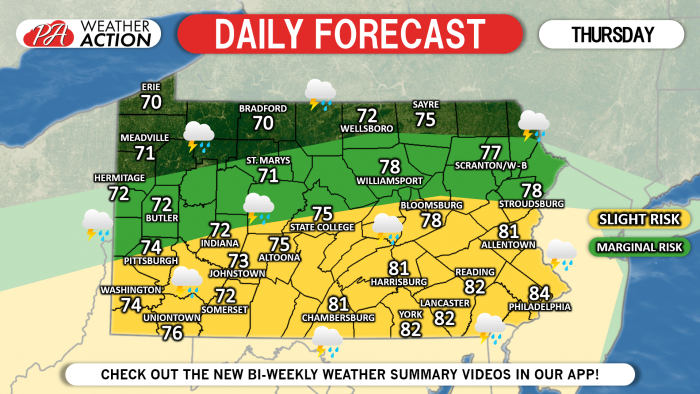

Isolated showers in the morning, then showers likely and slight chance of thunderstorms in the afternoon. Highs around 85 near the shore to 70 to 75 at 4000 feet. Scattered showers in the morning, then showers likely in the afternoon. Chance of rain 50 percent.įriday: Partly sunny. Lows around 69 near the shore to around 55 at 4000 feet. Scattered showers and slight chance of thunderstorms early in the evening, then scattered showers in the late evening and overnight. Highs around 85 near the shore to 68 to 75 at 4000 feet. Scattered showers in the morning, then scattered showers and slight chance of thunderstorms in the afternoon. Accommodations here are also surprisingly limited, though some small hotels and inns do exist.Today: Partly sunny. Hilo is the wettest major city in the United States at 120"-160" (300-400 cm) annually, so you can expect lush surroundings and lots of rain, especially at night.Accommodations in this area are somewhat limited. The northern Hamakua Coast is a fairly wet region, averaging 80"-160" (200-400 cm) annually.The small inns and B&Bs in Volcano are our next area and average between 60"-120" (150-300 cm) per year depending on the exact location.Hawi and Honokaa, on the North Kohala coastline, are wetter at 60"-80" (150-200 cm) a year.There is an abundance of accommodations here. More rain is likely if you move mauka (inland) and up the flanks of Hualalai. The accommodations in Kailua-Kona offer fairly consistent and dry weather at 20"-40" (50-102 cm) annually.Accommodations here are similar to that of the Kohala Coast. The accommodations in and around the Waikaloa area offer the next best selection for sunny and dry weather at 10"-20" (25-50 cm) a year.Most of the accommodations here are higher-end resorts. The Kohala (Gold) Coast is almost always sunny year-round and offers the best chance for dry weather, averaging just 0"-10" (0-25 cm) annually.This occurs primarily from late November through early March. Most of the rain that falls on the Big Island do so in the winter months when the tradewinds bring more moisture to the islands. The map below that list may also help you visualize which areas are the rainiest and sunniest. Below we've created a list of the driest to wettest locations on the island. A large majority of the accommodations are located in areas that receive very little rainfall. If you're looking to avoid rain altogether on your Hawaiian vacation, then the Big Island is a good choice. Plan for snow if you'll be visiting those areas. And, of course, the summit of Mauna Kea and flanks of Mauna Loa or Hualalai can be quite chilly, if not downright frigid. Hilo can also have lower temperatures depending on how far mauka (inland) you travel. At the higher elevations like Volcano and Waimea, temperatures are often much cooler, especially during the night. Average temperatures near the major resort areas (coastline) range from 75-85☏ (23☌-29☌) in winter and summer, respectively. We encourage you to stop by those pages for more in-depth information.įor the most part, the Big Island is warm and tropical year-round.

Knowing both When to Visit the Big Island of Hawaii and Where to Stay on the Big Island are also important. In other areas, it can be rainy every day of the year (as in Hilo or Puna), creating a lush paradise for visitors who enjoy that type of environment.

In some areas, rainfall can be absolutely zero not a drop falls all year long and the terrain reflects this- it's dry and barren. No other island has the same diversity as the Big Island not even by a long shot! Weather on the Big Island of Hawaii changes as rapidly as the terrain around it.


 0 kommentar(er)
0 kommentar(er)
